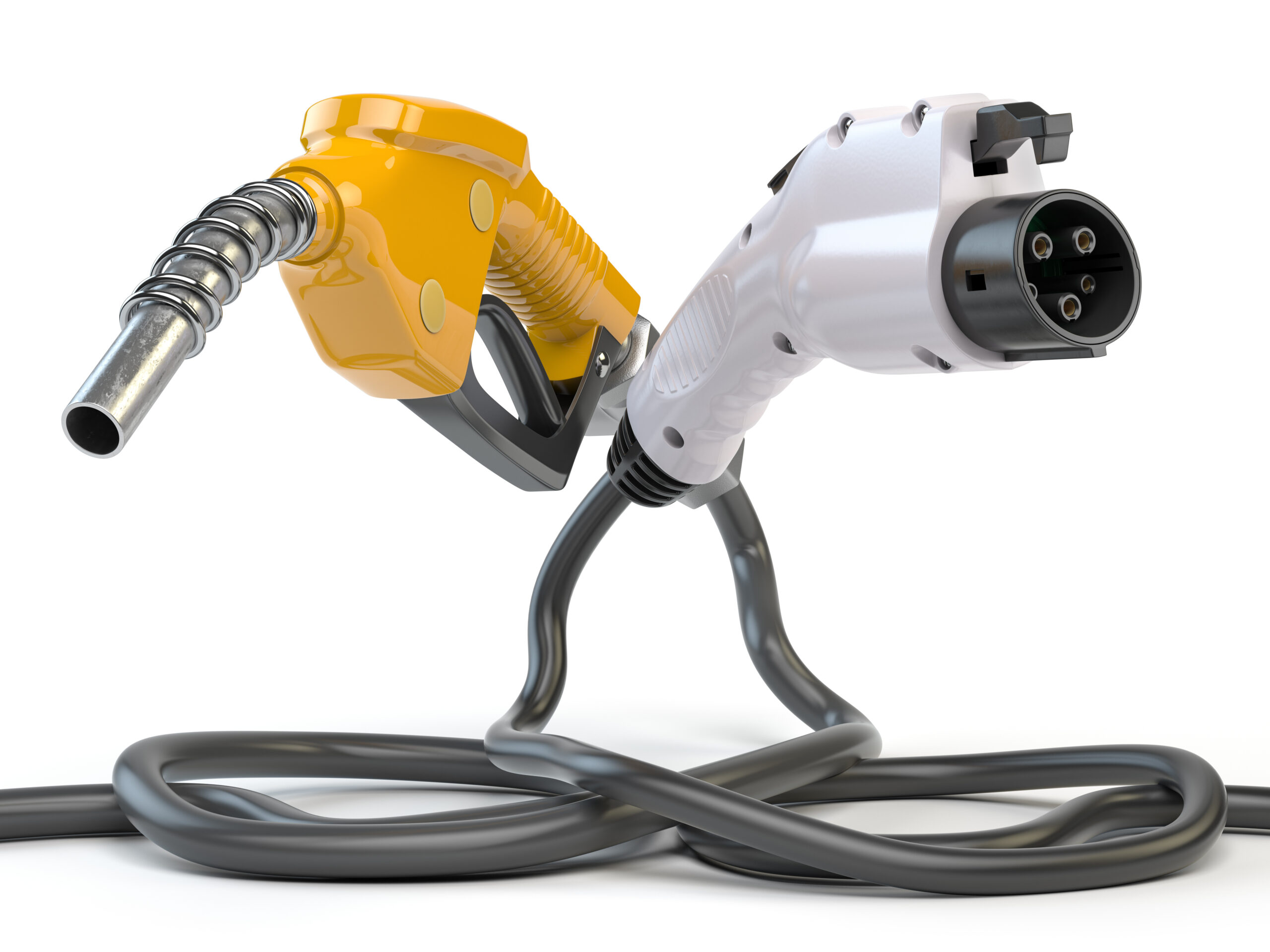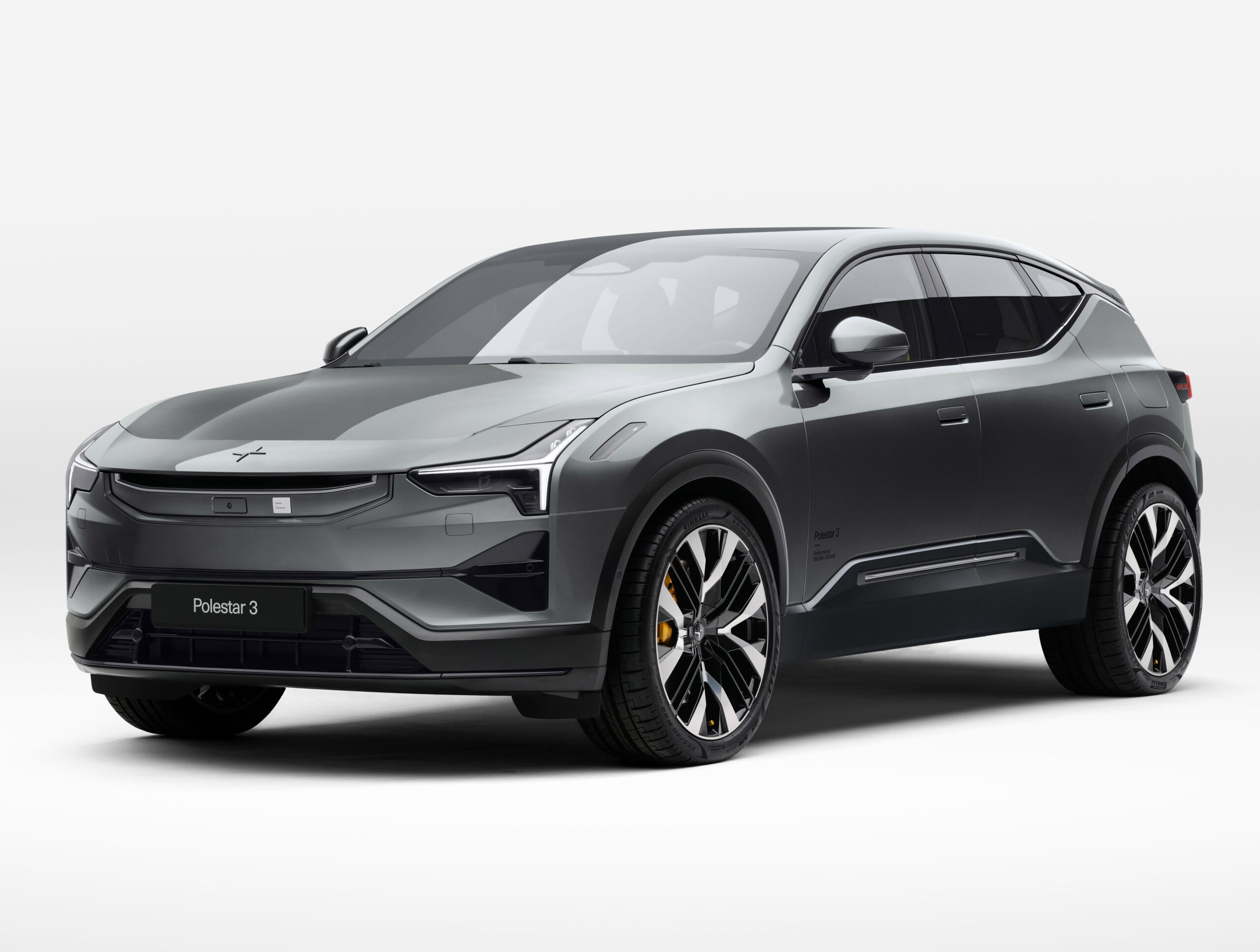

Although Kia’s Niro is more expensive with a plug than without one, the plug-in hybrid is significantly less expensive than the Niro EV and has almost zero compromises. Range anxiety? Doesn’t exist. Performance? It’s zippier than the regular hybrid. Battery life? Likely better than the EV because of how the battery is used. Charge times? Who cares, you have a gas tank. On my daily commute, the Niro uses so little gas that one 13 gallon tank can last 2500 miles. A year’s worth of commuting would be about 90 gallons. Let’s dive into the numbers that explain why you might be better off purchasing a plug-in hybrid over a standard hybrid or a full EV, using the 2023 Kia Niro for reference.
Back in 2007, well-known liberal George W. Bush (I’m kidding there, of course) passed one of the most sweeping changes to North American fuel economy legislation since the 1970s oil crisis, and it was simply about energy independence. If everybody in America drove a hybrid or a plug-in hybrid and charged whenever they could, America would become an oil-exporting nation, not an oil-importing nation, it’s as simple as that. Let’s talk about that math for a bit.
My commute is a little bit longer than average for North America: 64 miles round-trip, 16,640 miles yearly. Let’s take a look at how these numbers would stack up in the three Niro variants. Obviously, if I bought a Niro EV, I would use zero gallons of gas a year. If I, instead, got the Niro Plug-in Hybrid, I’d probably consume around 83 gallons of gasoline a year based on my driving profile. That’s not too much, right? Well, if I were to pick up the regular Niro Hybrid, even though the hybrid would get me slightly better overall fuel economy, theoretically I’d consume 339 gallons of gasoline in a year. Pretty big difference. Compare that to a 100% gasoline vehicle approximately the same size, say a Kia Soul, which is rated for 31 mpg, that would consume roughly 536 gallons of gasoline a year. Again, plug-in hybrids are about mitigating your gasoline consumption, not replacing it. If you can’t charge, don’t charge, but you could still get a hybrid and reduce your gasoline consumption by about 200 gallons a year. If you have the ability to plug in at home, even on 110V outlet, or you have the ability to plug in at the office, you could drop your energy consumption even further.
Obviously, reducing your gasoline consumption is going to have an impact on your pocketbook, but it may not be as large as some people want to claim. In California, you can opt through PG&E to get 100% renewably-sourced energy. That’s about 28 cents per kilowatt-hour and a little on the pricey side. As a result, operating this plug-in hybrid, even though you would be using a lot less gas than in the hybrid model, is actually going to cost you a little bit more. The hybrid model, at $5/gallon, would cost you about $1553 yearly to run on my particular commute. The Niro Plug-in Hybrid would be about $1,062 of electricity, $415 of gasoline, $1577 dollars yearly. Now, I do live off-grid, where in the summer I could theoretically charge it basically for free, but my entire off-grid solar system costs a lot more than twenty eight cents per kilowatt hour. Even if I continue to use this exact solar system for 20 years now, interestingly enough, if I were to take a look at the operational cost of a full electric narrow at 28 cents/kWh. The Niro EV might actually cost about the same or perhaps a little bit more than it does fueling the hybrid model, and EV is just going to be more expensive.
That presents the other reason you might want to take a look at a plug-in hybrid over a full EV right now. MSRP of the Niro Plug-in Hybrid is about $4,000 more costly than the Niro Hybrid, but you get more power, a little bit more standard feature content, access to the carpool lanes in states like California, and it is $6,000 less expensive than the full EV. So, if you want to go green and your pockets aren’t that deep, you should definitely take a look at a plug-in hybrid.



